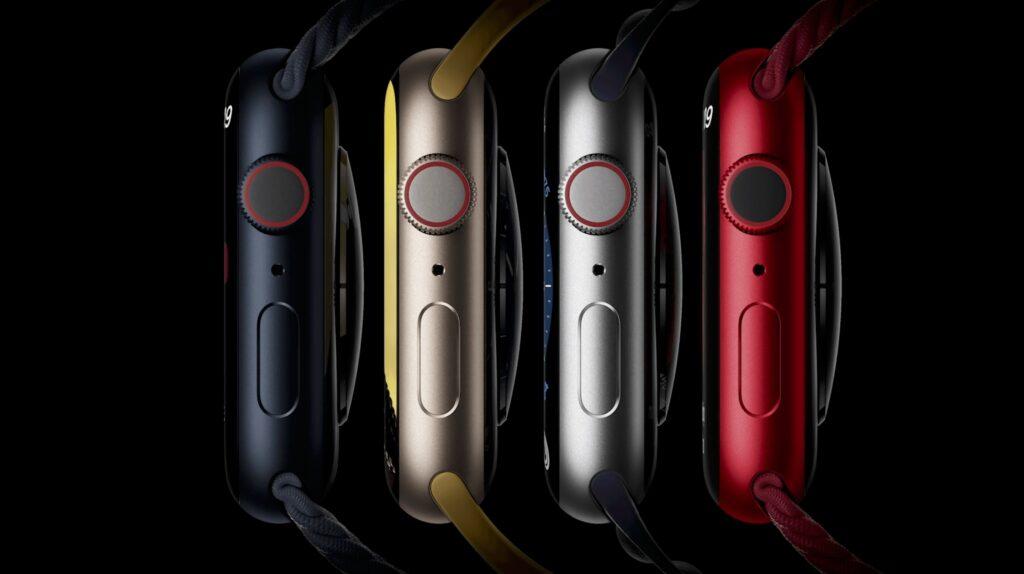Refurbished vs Renewed: Making an Environmentally Responsible Choice
In today’s fast-paced world of technology, consumers are constantly seeking the latest gadgets and electronic devices. However, the rapid turnover of electronics can have detrimental effects on the environment due to the generation of electronic waste (e-waste). To combat this issue, an alternative approach is gaining popularity: refurbished electronics. In this article, we will delve into the process of refurbishing electronics, emphasizing the quality assurance it offers and the environmental benefits it brings, while also distinguishing it from renewed products.
Understanding Refurbished vs Renewed Electronics
Refurbished electronics undergo a comprehensive process that includes testing, repair, and restoration to a like-new condition. These devices may have been returned due to minor defects or cosmetic imperfections, or they could be products that were used as display models. During refurbishment, any defective components are replaced or repaired, and the device is thoroughly tested to ensure it functions flawlessly. This meticulous process ensures that refurbished electronics meet high-quality standards.
Quality Assurance with Refurbished vs Renewed Electronics
One key advantage of choosing refurbished electronics is the quality assurance they provide. Manufacturers or certified refurbishment centers carry out these processes, ensuring that the product meets specific standards. In many cases, refurbished devices come with a warranty that attests to their quality and reliability. This warranty gives consumers peace of mind, knowing that they are purchasing a product that has been thoroughly inspected and repaired by experts in the field.
Environmental Benefits of Refurbished Electronics
Perhaps the most significant advantage of opting for refurbished electronics is the positive impact on the environment. When you choose a refurbished device, you are making an environmentally responsible decision. This choice extends the life of electronic devices, reducing electronic waste and the environmental footprint associated with manufacturing new products.
Electronic waste is a growing concern globally. Discarded devices often contain hazardous materials and can take centuries to decompose. By choosing refurbished electronics, you are actively participating in the reduction of e-waste. These devices are given a second lease on life, diverting them from landfills and contributing to a more sustainable future.
Distinguishing Refurbished from Renewed
It’s essential to distinguish between refurbished and renewed electronics. While both options aim to extend the life of products, they differ in their processes and quality assurance.
Refurbished electronics, as discussed, undergo a comprehensive process that includes testing, repair, and restoration by experts or certified refurbishment centers. They often come with warranties and provide a high level of quality assurance.
Understanding Refurbished vs Renewed Electronics
Refurbished electronics undergo a comprehensive process that includes testing, repair, and restoration to a like-new condition. These devices may have been returned due to minor defects or cosmetic imperfections, or they could be products that were used as display models. During refurbishment, any defective components are replaced or repaired, and the device is thoroughly tested to ensure it functions flawlessly.
Quality Assurance:Refurbished vs Renewed
Refurbished electronics often come with a warranty that attests to their quality and reliability. Manufacturers or certified refurbishment centers carry out these processes, so you can trust that the product meets specific standards.
Environmental Benefits:Refurbished vs Renewed
Choosing refurbished electronics is an environmentally responsible decision. It extends the life of devices, reducing electronic waste and the environmental footprint associated with manufacturing new products.
Exploring Renewed Electronics
Renewed electronics, on the other hand, typically undergo a less rigorous process compared to refurbished devices. These products are inspected to ensure they are in good working condition, but they may not go through the extensive testing and repair phases that refurbished devices do.
Source of Refurbished vs Renewed Products:
Renewed electronics are often sourced from customer returns or unsold inventory. While they are checked for basic functionality, they may not receive the same level of attention to detail in terms of repairs or cosmetic improvements.
Value-Oriented Refurbished vs Renewed Option:
Renewed electronics are often priced more competitively than refurbished or brand-new products, making them an attractive choice for budget-conscious consumers.
Choosing Between Refurbished vs Renewed
Consider Your Needs:Refurbished vs Renewed
The choice between refurbished and renewed electronics depends on your specific needs and preferences. If you prioritize a product that is as close to new as possible, with thorough testing and repairs, then a refurbished device may be the better choice.
Budget and Risk Tolerance:
Renewed electronics can offer excellent value for the money, but they may come with a slightly higher risk due to the variability in the renewal process. Consider your budget and your willingness to accept potential minor imperfections or signs of wear.
Always check for warranties and the reputation of the seller or manufacturer when buying either refurbished or renewed electronics. A reputable source is more likely to provide a reliable product.

Making an Informed Decision:
In the world of tech gadgets, the choice between refurbished and renewed electronics ultimately comes down to your priorities and budget. Refurbished devices offer a more thorough restoration process and often come with warranties, providing peace of mind for those who want a product as close to new as possible. Renewed electronics, on the other hand, are budget-friendly options that can still deliver solid performance, making them a great choice for those looking to save without sacrificing too much quality. Whichever path you choose, both options contribute to reducing electronic waste, aligning with a more sustainable approach to technology consumption. So, assess your needs, weigh the pros and cons, and make an informed decision that suits your preferences and your wallet.



